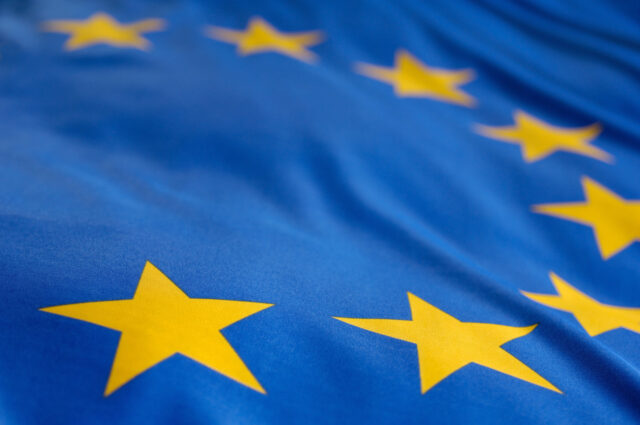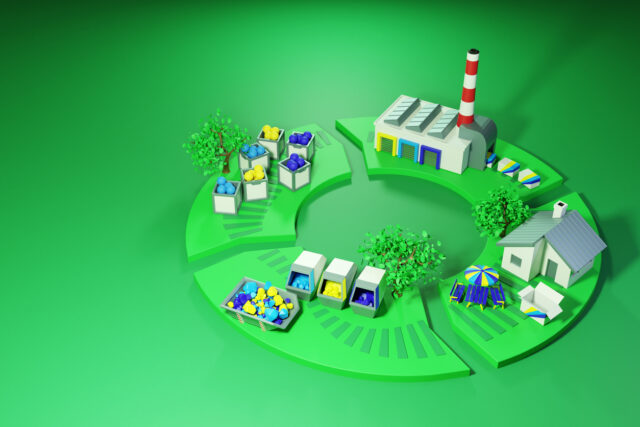Scope 3 emissions from purchased goods and services are key to procurement’s net zero journey as organisations set their sights on a net zero goal by the end of the decade.
As sustainability measures ramp up, so too will procurement’s role in reducing the environmental impact of the value chain. Sometimes, as much as 90% of an organisation’s emissions stem from their supply chain, making procurement an especially impactful piece of the puzzle.
Therefore, while tackling scope 1 and 2 emissions is undeniably necessary and easier to do, finding ways to reduce scope 3 emissions is where the real challenge lies.
Scope 3 emissions in the supply chain
Scope 3 emissions originate from a company’s supply chain, either from downstream in the form of logistics and customer usage, or upstream, where raw material extraction, manufacturing, shipping, and other types of supplier behaviour often generates the most environmental impact.
The decisions made by procurement, regarding the embedded carbon in the materials and goods the function sources, as well as the behaviour of the suppliers selling them those goods and services, can have a significant impact on a company’s overall emissions.
Failing to address sources of carbon within the supply chain can have negative consequences beyond direct emissions. The EU, for example, is in the process of introducing legislation to ban the importation of soybeans, wood, coffee, chocolate, and other agricultural goods that have (or unable to disprove the presence of) deforestation in their supply chain. Organisations that procure raw materials without consideration for their origins and the practices used to extract or grow them could face immediate repercussions for both their reputations and bottom lines.
The majority of organisations recognise the need for a reduction in scope 3 emissions. However, fewer have a clear plan for tackling the issue. In a 2023 report released by Deloitte, researchers wrote that “organisations that have a blueprint to net-zero and establish science-based targets (SBTs) are in need of a methodical, systematic, and impactful way to approach Scope 3 emissions, especially for Category 1, Purchased Goods and Services.” These category 1 goods can account for between 35% and 40% of scope 3 emissions, depending on the industry, and are directly tied to the procurement process.
Category 1 emissions are procurement’s biggest challenge
Tackling Category 1 emissions is especially challenging and requires strong supply chain transparency, accurate data, and meaningful engagement with suppliers to drive meaningful changes.
Organisations looking to drive change need to foster sustainable behaviour further up the value chain in their supplier base. In order to do this, however, Deloitte notes that the procurement function itself needs empowering in order to “partner with the business” and “drive supplier engagement and implement robust emission measurement techniques.”
Deloitte’s report notes that “While establishing goals is a great first step, achieving them cannot be done with the flip of a switch.” Assessing, understanding, and eventually taking control of your scope 3 emissions, starting with Category 1, is “a journey that requires a strategy, a plan, and the ability to execute, including resource bandwidth, internal capabilities, and intercompany alignment.”











